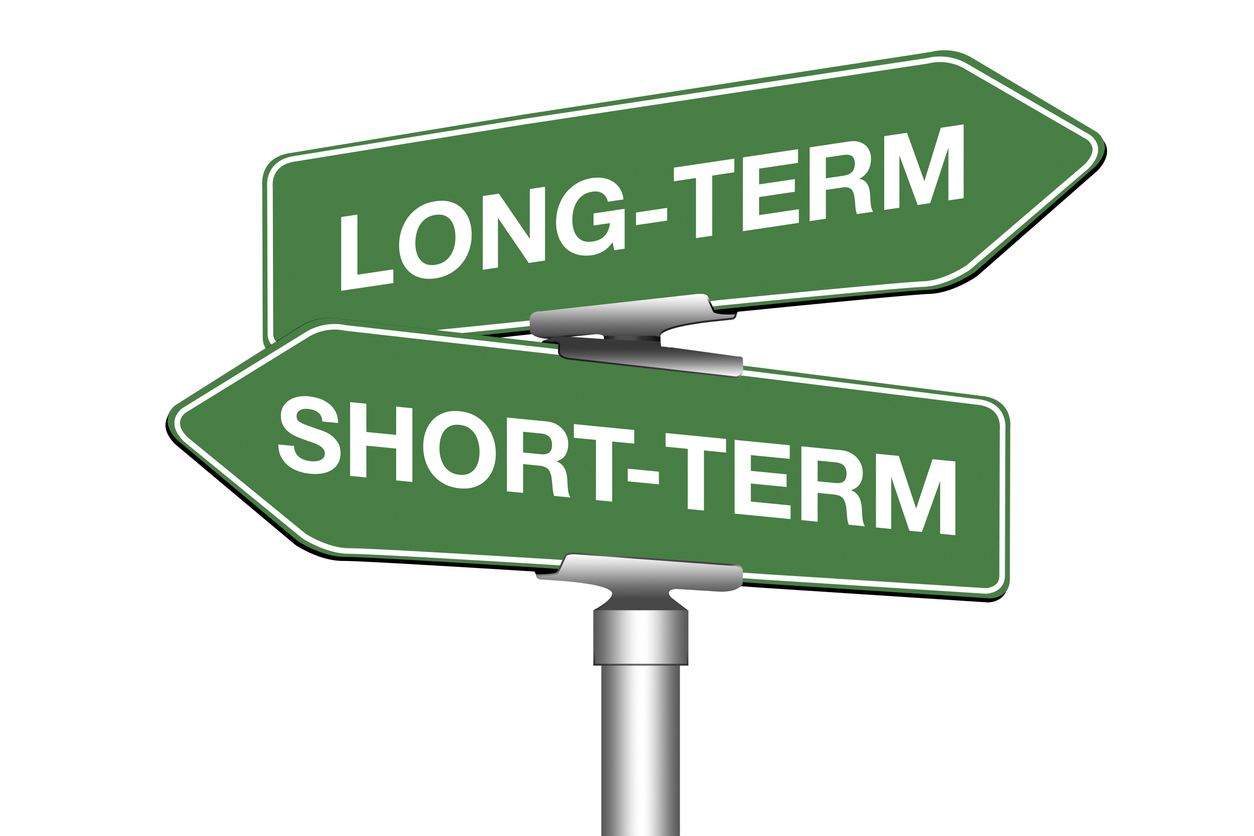
Corporate and government bonds will form a part of most diversified investment strategies. However, given the high rates of inflation we are experiencing at the moment, it is even more important to select bonds that will perform well in the prevailing conditions. We use a number of tools to select appropriate bonds, and one of the factors we analyse is the bond’s credit rating.
Bond basics
Looking at the broad definition, a corporate bond is a type of debt security that is issued by a firm and sold to investors (although there are a number of different types of bond and other debt instruments in circulation). The company obtains the capital it needs from investors and in return the investor is paid a number of interest payments at either a fixed or variable interest rate. When the bond reaches redemption, i.e. when all of the pre-determined interest payments have been paid, the original investment is returned. In a similar manner, governments issue bonds to finance public spending, which are known as gilts in the UK.
Credit where it’s due
Just as individuals have a personal credit rating based on their financial security, bond issuers are usually evaluated by credit rating agencies to assess the creditworthiness of the bond. There are three main ratings agencies that undertake the evaluations of bond strength – Moody’s, Standard & Poor’s (S&P) and Fitch. Each bond rating agency considers the underlying company and its ability to meet its future obligations, by considering a number of factors, including the strength of the balance sheet, the future economic and business outlook, profit margins, and earnings growth. As a result, the credit rating provides an indication of how likely the company will pay its obligations.
Using the S&P ratings, for example, the highest-graded bonds are graded AAA with all bonds rated above BBB- being classed as investment grade. Any bonds graded BB+ and below are classed as high yield bonds, with the lowest classification being grade D, which means the bond is in default – in other words, the issuer cannot repay its obligations.
Currently, the UK Government is rated AA for its sovereign debt. There are very few governments whose debt is rated AAA, and this select list includes Germany, Norway and Canada. Unsurprisingly, Russia has seen the rating given by S&P to its debt fall to a rating of CC, which suggests a default is imminent.
Risk and reward
Generally speaking the highest graded bonds are those with the lowest chance of default. This would, therefore, make these bonds the most obvious choice for bond investors? Well, not necessarily and indeed in recent times, this isn’t often the case. Given the lowest perceived risk of default, the bonds with the highest credit ratings offer the lowest returns in terms of regular income payments, expressed as “yield” when compared to the underlying bond price. These returns have been very unattractive for a number of years, and with inflation heading northwards, the “real” return offered looks even worse.
Just as the highest-graded bonds offer the highest-perceived security, but lowest yields, those bonds with the lowest grade will need to compensate investors for the increased default risk. Thus low-graded bonds tend to offer attractive yields, although the risk of default is much greater, due to the weaker financial strength of the issuing company.
This is the reason why a portfolio approach is most appropriate when considering bond investment. Mixing a range of bonds with different credit ratings can find the correct blend of income yield and investment risk to suit the particular strategy being adopted.
Are ratings to be trusted?
Credit ratings can usually be a good guide as to the creditworthiness of a bond issuer; however, they are not infallible as the ratings are based on historic financial data. Credit ratings agencies cannot look into the future and material changes in the fortunes of a company can lead to credit ratings being downgraded. This would normally lead to an increase an yield, as investors seek higher returns as compensation for the greater risk. On the other hand, a high yield bond, where the issuing company sees a substantial improvement in its financial prospects, could potentially be re-rated to investment grade, which could generate capital returns to investors in addition to the interest payments.
One tool in the box
Whilst credit ratings are undoubtedly helpful, they cannot be used in isolation to determine whether a bond is worthy of consideration. As we have mentioned above, they look at historic data, and careful analysis of the bond issuer is needed together with regular review of how changes in profits, or economic outlook in the case of a government bond, could affect the credit rating going forward.
At FAS, we use collective investments within our strategies. These are pooled investments where a manager will buy a portfolio of bond investments to offer a spread across a range of different bonds, which will all have different criteria, including credit ratings. By analysing the constituent components of a bond fund, we can determine the average credit rating across the bond portfolio to get a feel for the level of risk the manager is willing to take.
As we have stressed above, bond investment is a complex area, where a number of different qualitative and technical analyses all contribute to the selection process. The economic conditions we are experiencing at present has, in our view, only increased the need for comprehensive due diligence. If you hold corporate or government bond funds or corporate bond investments as part of an existing portfolio, we would be happy to offer an impartial review of your existing arrangements.
If you would like to discuss the above with one of our experienced financial planners, please get in touch here.
The value of investments and the income they produce can fall as well as rise. You may get back less than you invested. Past performance is not a reliable indicator of future performance. Investing in stocks and shares should be regarded as a long term investment and should fit in with your overall attitude to risk and your financial circumstances.







